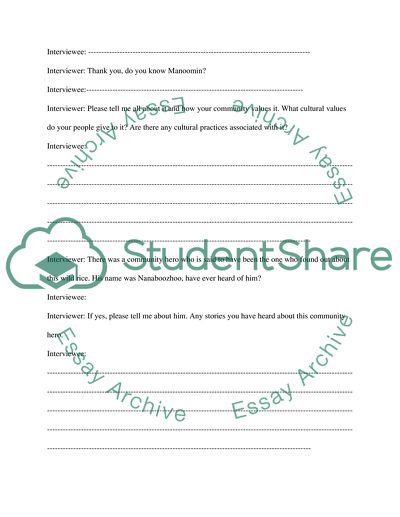Cite this document
(“American Indian Health and Diet Project Assignment”, n.d.)
American Indian Health and Diet Project Assignment. Retrieved from https://studentshare.org/family-consumer-science/1816207-forlklore
American Indian Health and Diet Project Assignment. Retrieved from https://studentshare.org/family-consumer-science/1816207-forlklore
(American Indian Health and Diet Project Assignment)
American Indian Health and Diet Project Assignment. https://studentshare.org/family-consumer-science/1816207-forlklore.
American Indian Health and Diet Project Assignment. https://studentshare.org/family-consumer-science/1816207-forlklore.
“American Indian Health and Diet Project Assignment”, n.d. https://studentshare.org/family-consumer-science/1816207-forlklore.


